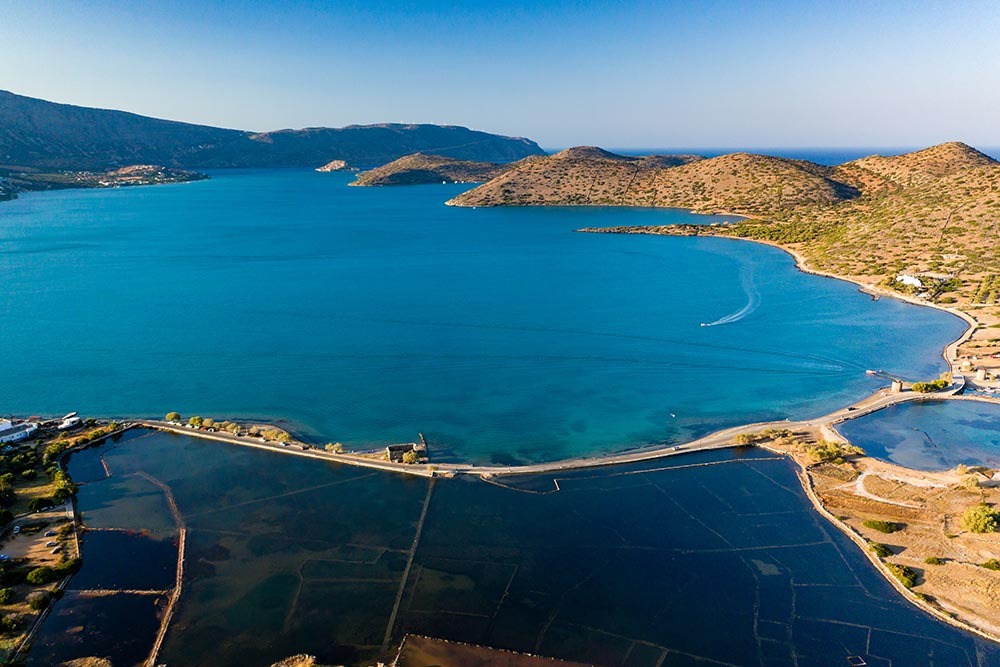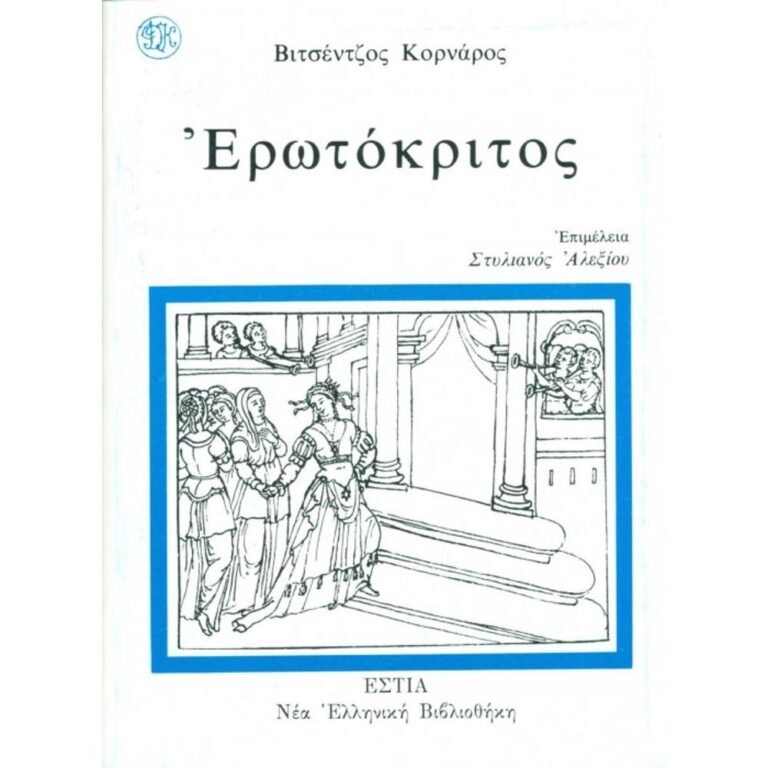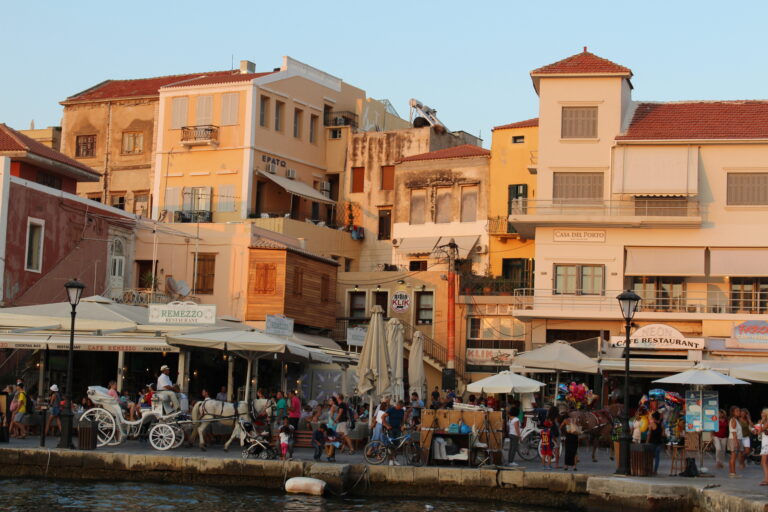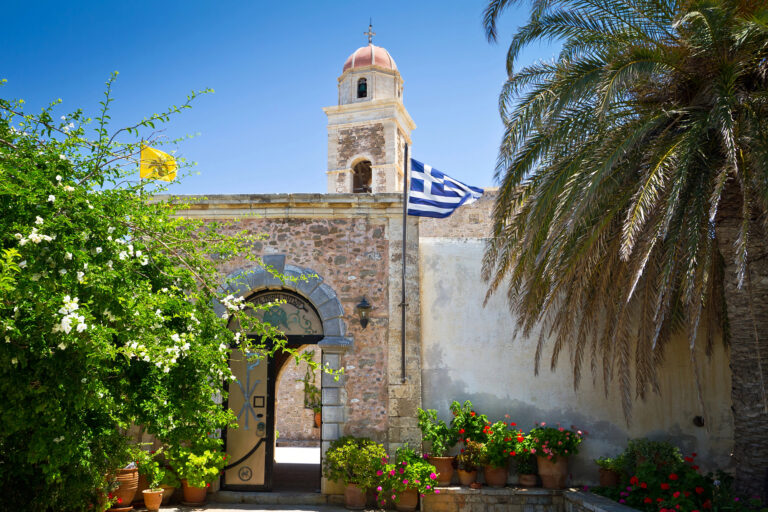The Lost City of Olous
The Lost City of Olous is a captivating and enigmatic chapter in the rich tapestry of Crete’s history. Though not as widely known as some of Crete’s other ancient sites, the mystery surrounding Olous is a fascinating blend of archaeology, history, and local legend.
Historical Background
- Ancient Significance: Olous was an important city-state in ancient Crete. It was one of the hundred cities referred to by Homer in the “Iliad” and “Odyssey”, indicating its significance in the Minoan and post-Minoan periods.
- Location: The city is believed to have been located near the present-day town of Elounda, in the eastern part of Crete. It was situated on or near the isthmus connecting the peninsula of Spinalonga to Crete.
The City’s Heyday
- Economic and Cultural Center: In its prime, Olous was a thriving center of commerce and trade. It minted its own coins, which have been found in various archaeological sites across the Mediterranean, attesting to its economic activity and wide-reaching trade connections.
- Religious Significance: The city was also a center of religious activities, with several temples, the most notable being dedicated to the goddess Athena.
The Disappearance of Olous
- Mystery of Vanishing: The exact reasons for the city’s decline and eventual disappearance remain unclear. Natural disasters, such as earthquakes or tsunamis, which are not uncommon in the region, are often speculated as causes.
- Submergence Theories: Some theories suggest that parts of the city were submerged due to geological changes or sea level rise. These theories are supported by the presence of underwater ruins visible in the shallow waters near Elounda.
Archaeological Discoveries
- Underwater Ruins: Divers and archaeologists have discovered ruins, including walls, ancient paved streets, and remnants of buildings, under the sea near Elounda, which are believed to be parts of Olous.
- Inscriptions and Artifacts: Inscriptions found in the area, along with pottery and other artifacts, provide valuable insights into the life, economy, and social structure of the city.
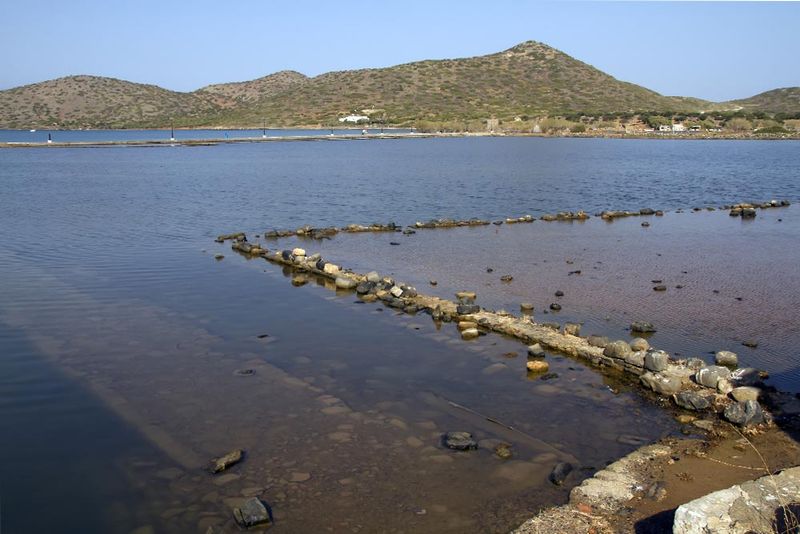
Cultural and Touristic Interest
- Local Lore and Tourism: The story of Olous has become a part of local lore and adds an intriguing aspect to the tourism in Elounda and Spinalonga. It piques the interest of visitors who come not only for the natural beauty but also for the historical and archaeological allure.
Current State and Research
- Ongoing Research: Archaeological research in the area continues, with efforts to map the underwater ruins and understand more about the city’s history, economy, and reasons for its disappearance.
- Preservation and Study: The site presents unique opportunities and challenges for preservation and study, given its partial submergence and the effects of time and elements on the ruins.
Conclusion
The Lost City of Olous, with its blend of history, archaeology, and mythology, is a fascinating aspect of Crete’s ancient past. It stands as a testament to the island’s rich and varied history, inviting both professional archaeologists and curious tourists to ponder its mysteries. The ongoing exploration and study of Olous not only help to reconstruct the city’s past but also contribute to a broader understanding of ancient Cretan civilization and its interactions with the wider Mediterranean world.

